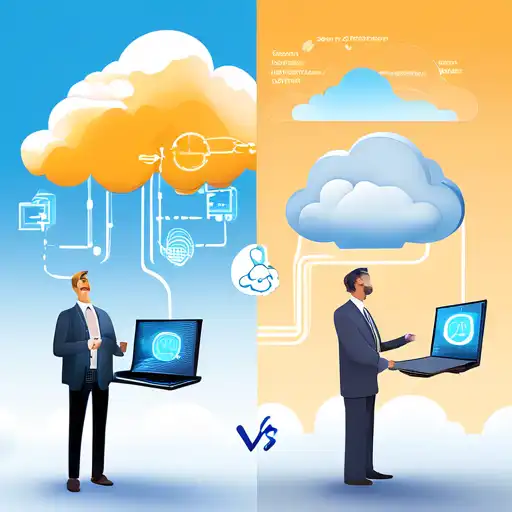Edge Computing vs Cloud Computing: Unveiling the Differences
In the rapidly evolving world of technology, understanding the distinctions between edge computing and cloud computing is crucial for businesses and individuals alike. Both technologies play pivotal roles in data processing and storage, but they cater to different needs and scenarios.
What is Edge Computing?
Edge computing refers to the processing of data near the source of data generation, rather than relying on a centralized data-processing warehouse. This approach minimizes latency, reduces bandwidth use, and enhances speed, making it ideal for real-time applications.
What is Cloud Computing?
Cloud computing, on the other hand, involves storing and accessing data and programs over the internet instead of your computer's hard drive. It offers scalability, flexibility, and cost-effectiveness, serving as a backbone for various online services and applications.
Key Differences Between Edge and Cloud Computing
- Latency: Edge computing significantly reduces latency by processing data locally, whereas cloud computing may experience delays due to data transmission to and from centralized servers.
- Bandwidth: By processing data at the edge, bandwidth usage is minimized, contrasting with cloud computing's reliance on continuous internet connectivity.
- Security: Edge computing can offer enhanced security by keeping sensitive data local, while cloud computing requires robust security measures to protect data during transit and storage.
- Scalability: Cloud computing excels in scalability, allowing businesses to easily adjust resources according to demand, a feature that edge computing struggles to match due to its localized nature.
Choosing Between Edge and Cloud Computing
The choice between edge and cloud computing depends on specific needs. For applications requiring real-time processing and low latency, edge computing is preferable. Conversely, for tasks demanding vast storage and scalability, cloud computing is the go-to solution.
Future Trends
As technology advances, the integration of edge and cloud computing is becoming more prevalent, offering the best of both worlds. This hybrid approach is set to redefine data processing and storage, catering to the ever-increasing demands of the digital age.
For more insights into the latest technology trends, explore our technology trends section.
